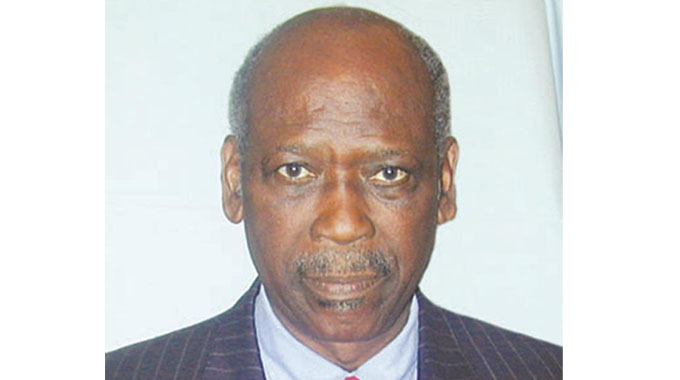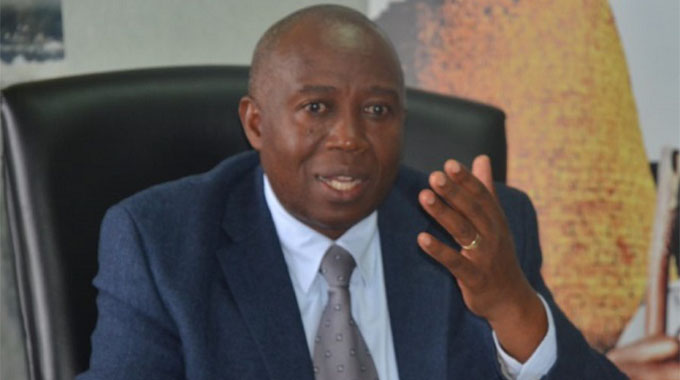Zim’s Independence was a watershed moment

Dr Pali Lehohla Correspondent
Antoine-Pierre Marie Barnave, an orator of note and key figure in the French Revolution, recognised that social progress was an ascendant phenomena.
Karl Marx developed a thesis of dialectical materialism, which would fundamentally open up the role and development of productive forces and resultant social relations of production as prime movers of social progress.
Dialectical materialism is the theory that political and historical events result from the conflict of social forces and are interpretable as a series of contradictions and their solutions.
The conflict is seen as caused by material needs. Lenin discusses dialectical materialism as non-linear and full of zig-zags, but nonetheless, and in the main ascendant.
In his note to United States of America President Donald Trump, former US president Jimmy Carter asks the question when China last went to war and points to China’s unmatched march in social progress.
When Zimbabwe got independence from Britain, it marked a watershed moment.
This moment could not dampen our excitement and unlimited hope even in the shadow of a repressive and brutal Leabua Jonathan regime in Lesotho where as a nation we momentarily forgave our differences to enjoy the advance Zimbabwe made.
The Zimbabwean community at the National University of Lesotho and in Lesotho generally, started shaping their journey home, including Professor Stan Mudenge, who was to occupy the post of Foreign Affairs Minister, Dr Elleck Mashingaidze, who was to become the Minister of Intelligence, and Professor Emmanuel Ngara to occupy a position at the University of Zimbabwe.
They went back home to shape the future of Zimbabwe at the beginning of 1980. Namibians, Zimbabweans, South Africans, Basotho, Swati, Malawians, Batswana, Zambians, name them all, we were Africans whose hopes were on an ascendant path. Despite this generally upward path, Lesotho remained a politically fragile country in the region, like many others on the continent.
A decade later South Africa was to be independent.
But a year before South Africa could rid itself of apartheid in 1994, Lesotho was to run a free and fair election for the first time in 1993, and Dr Ntsu Mokhehle, of the Fort Hare generation, and a true democrat, had a sweeping win of 79 constituencies out of 80. He was the first African leader to run for one term despite the fact that Lesotho had no term limits.
His reign was to face a military insurrection which was termed a palace coup. But the Basotho rose to protect democracy. The Southern African Development Community (SADC) rose to the occasion.
South Africa, despite having just held its 1994 elections, which marked the end of apartheid, was joined by Zimbabwe and Botswana, and took the responsibility to contribute to the entrenchment of democracy in Lesotho.
Personalities that were at the helm include Nelson Mandela (first president of independent South Africa), Robert Mugabe (former President of Zimbabwe), Quett Masire (former president of Botswana) and Clement Ntsu Mokhehle (third prime minister of Lesotho), and they were poised to direct and elevate the hopes of the region.
Dialectical materialism teach us of the ye-nay-nay-ye-ye of history, but 25 years into democracy in South Africa where do South Africa, Lesotho and Zimbabwe lie? The dialectical materialism lens suggests this north-south chain of countries in our SADC region is palpably in a prolonged nay.
The Asian Tigers move with rhythm and their dialectical materialism is one of 80 percent ye and 20 percent nay, hence, rapidly ascendant.
Is our dialectical materialism march ascendant or rapidly decadent? Jimmy Carter could in fact be addressing the question to Zimbabwe, South Africa and Lesotho, instead of the US.
Dr Pali Lehohla is the former statistician-general of South Africa, and former head of statistics South Africa. Meet him on www.pie.org.za or @PaliLehohla










Comments